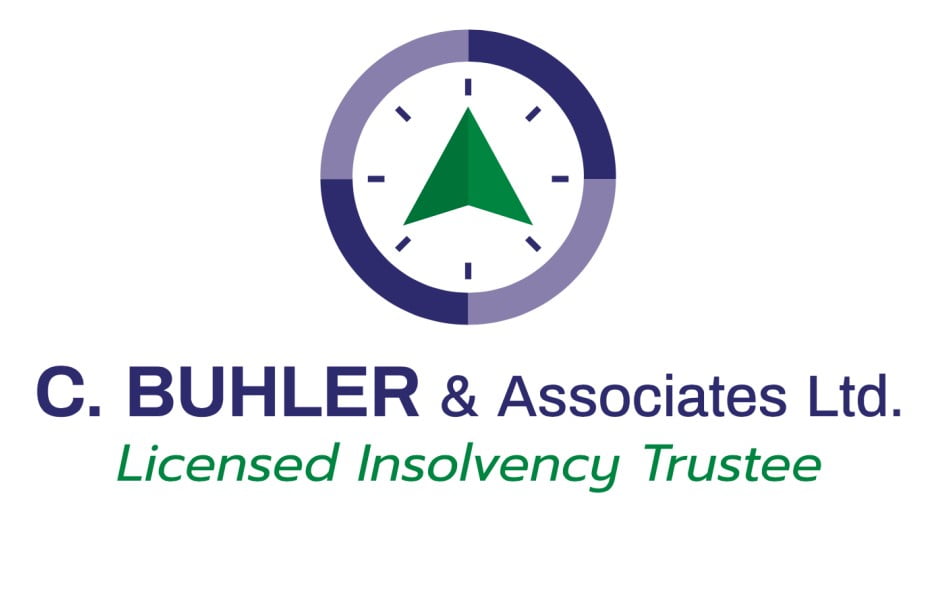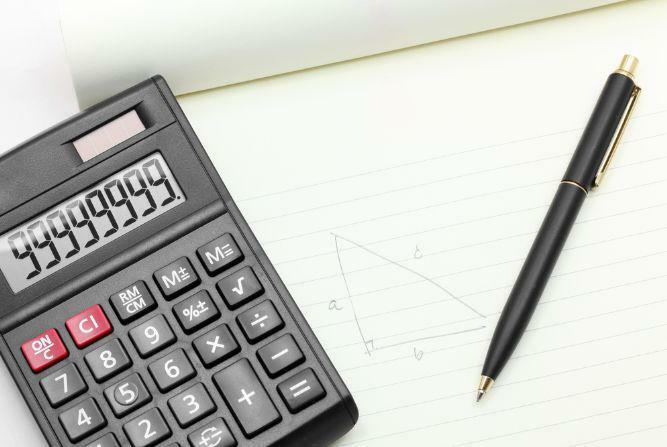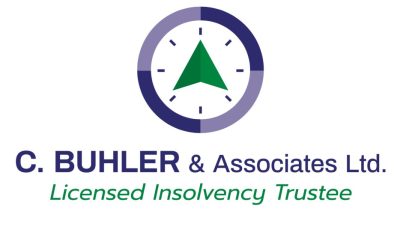Approximately one-third of Canadians live completely debt free. But if you are carrying debt or considering taking on debt, you’re certainly not alone. Between mortgages, car loans, personal loans, and more, the average Canadian owes more than $73,000. In total, household debt in Canada accounts for 180.2% of the nation’s gross income.
Taking on debt is common for Canadians, but it should never be a decision made lightly. While loans can be incredibly beneficial when handled appropriately, there’s also the risk of ending up in a detrimental situation if proper planning and follow-through isn’t executed.
Before taking on debt, it’s crucial to understand exactly what the repayment terms of your loan are and what will happen if you’re unable to meet them. Secured and unsecured loans operate under two distinct premises, and in this post, we’ll define each and take a look at the differences between them as well as their respective advantages and disadvantages.
What Are Secured Debts & Loans?
Secured debts and loans have collateral backing. In plain English, this means that in order to get a secured loan, you have to put an agreed-upon asset on the line as collateral. In the event that you can’t pay back your loan, the lender (usually the bank) will seize your asset instead. When you take out a secured loan, a lien is put on your asset by the lender. The lien is removed once your debt is repaid and any other terms of the loan are complete.
The most common examples of secured debts are mortgages and car loans. If you can’t pay your mortgage, the bank seizes your home. If you can’t pay your monthly car payments, the bank seizes your vehicle. Other types of assets that could be used as collateral for a secured loan include bank accounts, stocks or bond investments, insurance policies, high-end valuables, and more.
Advantages of Secured Debts
The major advantage of a secured loan is that it typically has comparatively low-interest rates. After all, your lender can rest secure in the knowledge that they’ll be compensated with your collateral even if you can’t pay back their loan as planned.
Other advantages of secured loans include the fact that they’re generally easier to qualify for than other types of loans and often come with higher borrowing limits.
Disadvantages of Secured Debts
The main disadvantage of secured debts is that they’re risky for you, the borrower. If you default on a secured loan, you’ve got everything to lose. Not only do you risk losing your collateral, you may still be on the hook for the remainder of your debt, even if your collateral is seized. In other words, there’s no guarantee that losing your collateral will cancel out what you owe.
What Are Unsecured Debts & Loans?
Unsecured debts and loans are debts and loans that you can take out without having to put any assets up as collateral. While approval for a secured loan rests primarily on the asset you plan to use as collateral, approval for unsecured loans is based on your creditworthiness. Your lender will consider your income and job security, credit rating, and prior history of paying off other loans before approving you as a borrower.
Common examples of unsecured debts include credit cards, unsecured personal loans and lines of credit, student loans, payday loans, bank overdrafts, and any memberships or bills that are paid in installments.
Advantages of Unsecured Debts
The primary advantage of an unsecured loan is that there’s less risk to you as the borrower. In the event that you cannot pay your debt, seizure of collateral won’t be one of the consequences you may face.
Disadvantages of Unsecured Debts
Because unsecured loans come with less risk to the borrower, they’re harder to qualify for than secured loans. In addition, they typically have comparatively higher interest rates and lower borrowing limits.
Why Can Some Types of Debt Be Secured or Unsecured?
In certain cases, you may have the option to apply for a secured or unsecured loan, depending on your preference. For instance, it is sometimes possible to take a personal (unsecured) loan out for your vehicle instead of putting it up as collateral. Of course, a lot is dependent on whether or not you’re able to qualify for an unsecured loan.
Another common example of debt that can be either secured or unsecured is credit card debt. While credit cards are most frequently unsecured, there are also secured credit cards where a cash deposit is required as collateral before activation.
Which Types of Debts Are Better?
The answer to this question really depends on your personal circumstances. As we’ve seen, both types of loans have pros and cons, and it’s up to you to decide which makes the most sense.
Fortunately, you don’t have to decide on your own. As a licensed insolvency trustee in Calgary, we’re here to support and guide our clients as they navigate the realities of debts, loans, and other financial decisions.
No matter what type of loan you’re considering, here are a few fundamentals to keep in mind:
- You should never take out a loan without a clearly laid out and viable repayment plan.
- You should never take out a loan without a specific purpose in mind.
- Know your limits and what you can realistically handle.
- Consider your options and do some comparison, if possible.
- Seek trustworthy advice and assistance as needed.
- Buhler & Associates Ltd. assists clients with strategic financial planning every single day. No matter where in the Prairie provinces or the northern Territories that you are located, or what you’re facing, we’re here to offer solution-oriented support and guidance.
For more information or to connect directly with one of our qualified representatives, contact C. Buhler & Associates Ltd. today!





